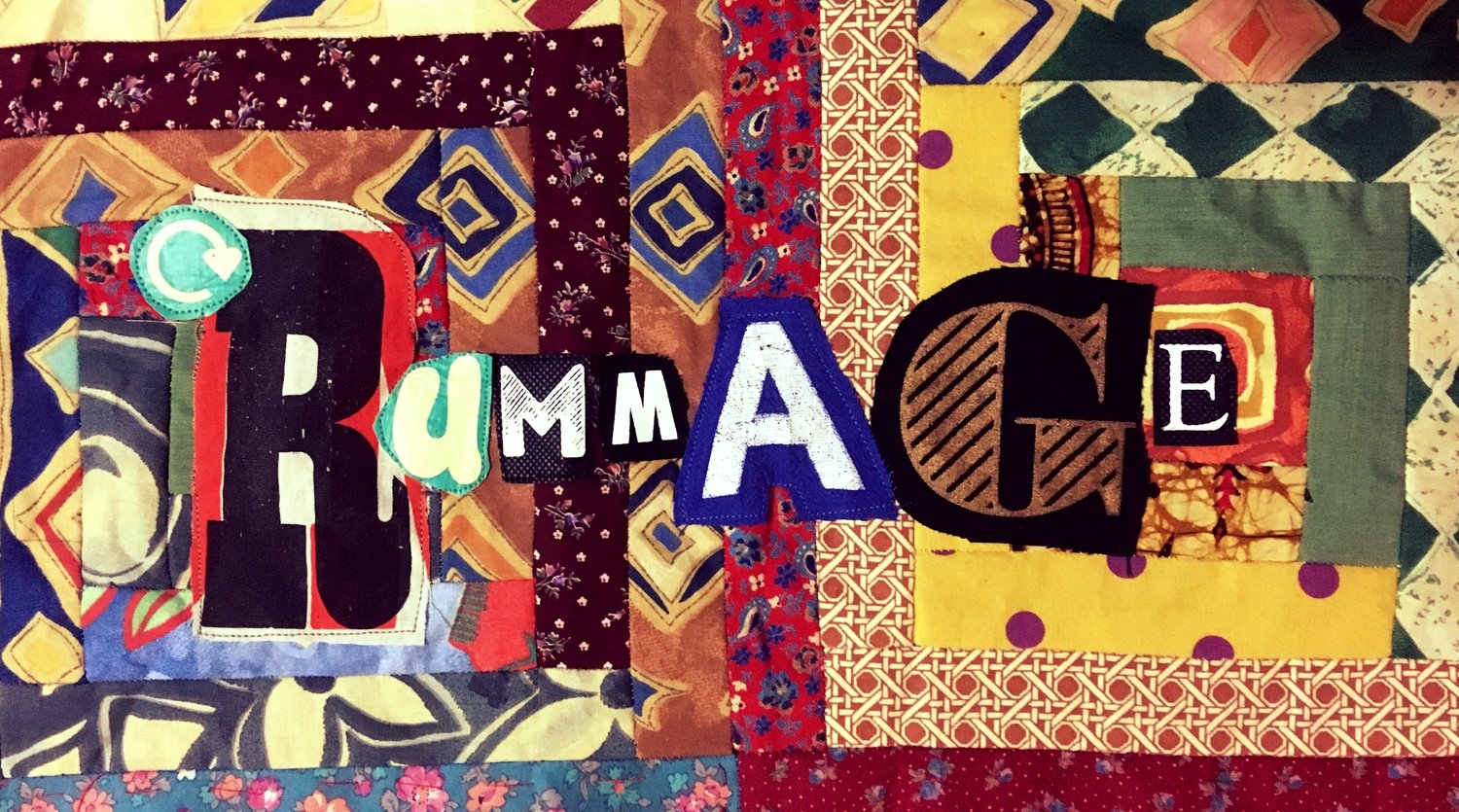Bonzoline Billiard Balls!
Plastics before Plastic
Early plastics were made using recycled matter. In Rummage I look at how non-synthetic plastics like bois durci, xylonite, Bonzoline, Crystalate, and Parkesine used wood, cotton or paper waste, and how the techniques to make them were borrowed from papier-mâché and pulpware production. Both of the latter processes used paper to make solid moulded objects. The new plastics were used to produce objects previously available only in more expensive or precious materials, such as metal, tortoiseshell, hard woods, horn, and ivory. Rather than being carved, the new objects were manufactured using moulds and presses. This meant they could be mass produced while retaining the appearance of items worked on by skilled craftsmen.
From the 1860s, billiard balls made from non-synthetic new plastic compounds became increasingly available and were marketed as adequate substitutes for balls made of ivory. The British Xylonite Company sold xylonite billiard balls. Soft ivories from East African elephants made the best billiard balls but rising demand saw ivory prices increase. Publicity material for Parkesine stressed that the product was an improvement on the natural substances it replaced, having ‘stood exposure to the atmosphere for years without change or decomposition’, and having all of the qualities of the material it replaced. Advertisements described Parkesine as ‘hard as ivory’. ‘Close inspection’ was needed ‘to distinguish the counterfeit from the genuine’. Although it lacked a grain, it had all of the ‘strength and elasticity’ of ivory, without being vulnerable to warping or discolouration.
The resale value of plastics was low. A dozen stolen ‘bonzoline’ billiard balls were the subject of a curious debate in the Old Bailey in 1907. Asked to value them, the secretary of the Bonzoline Manufacturing Company argued that he ‘did not recognise the existence of second-hand billiard balls’ since Bonzoline balls ‘do not wear out’. Marketers of billiard balls made of Bonzoline (also ‘Crystalate’) stressed that they had ‘all the merits of ivory’, ‘without any of the drawbacks’: they didn’t crack, they were a consistent colour, ‘more durable, more reliable and not subject to climatic influences’. ‘Beware of imitations’, barked a box of Bonzoline snooker balls’, and with extreme cockiness Bonzoline billiard balls described themselves (via the tusk of an elephant) as ‘Better than Ivory’.
From J. Roberts, The Game of Billiards and How To Play It (1905)
Despite these bold claims, the cracks are showing on this Crystalate ball:
Picture credit: Taryn Everdeen

